
Tibetan Thangka is originated from Nepal’s Kathmandu valley where Newari Vajrayana Buddhist culture is practiced. Newari paubha art may be the foundation of today’s Tibetan Thangka. Various metaphysical and spiritual elements for example pictures of Boddhisattvas, pictures of Buddha, wheel of lifes, map of world, existence cycle of Buddha, etc would be the common kinds of Tibetan Thangka.
Thangka works of art may also be referred to as Pauba and Mandala works of art in Nepal. Buddhist Thangka may be the Tibetan kind of ancient Buddhist scroll works of art practiced since Buddha’s era in Nepal and India. Tibetan Thangkas originated from Nepal’s Kathmandu valley where Newari Vajrayana Buddhist culture is practiced. Newari paubha art may be the foundation today’s Tibetan Thangkas. Various metaphysical and spiritual elements for example pictures of Bodhisattvas, pictures of Buddha, wheel of lifes, map of world, existence cycle of Buddha, etc would be the common kinds of Tibetan Thangka. These ancient traditional thangka arts are produced to assist meditation, show direction for that seekers of enlightenment/nirvana, and gratifaction sacred ritual tools during religious occasions.
Contemporary Buddhist Thangka painting are more and more more seen by westerners as fine exemplary of oriental art perfect for wall decoration. Yet, there are lots of western art collectors who buy Tibetan Thangkas for spiritual significance. For individuals conscious in the deep meaning portrayed of these artworks, Thangka painitings are not only found an attractive artwork, but an epitome of universal truth. Art enthusiasts of all the corners within the globe have started to respect and recognize Tibetan Thangkas as works of divine beauty and understanding, unparalleled on the planet. Tibetan Thangkas are available in lots of forms like paper scroll, cloth painting, embroidered, etc. The theme within the Tibetan Thangkas also differ based on it’s purpose. The symbols, gestures, colours, images, sizes and shapes -several of these factors denote underlying meanings. Tibetan Thangkas are believed by art specialists as true demonstration of the amount between beauty and truth.
Early beginnings of Thangka art.
Thangka art started in ancient India where these sacred Buddhist Thangka works of art maintained as ‘Patrabhattrak’ or just ‘Pata’ meaning portrayal of divine figures round the flat work surface. It had been within the fifth century B.C when Buddhist Thangka (also called Paubha in Newari and Pata in Sanskrit) emerged in India. Based on Buddhist mythology, Buddhist Thangkas were the first portrayal of Gautam Buddha. It’s attested by scholars of Buddhism the enlightened one permitted a famous painter known as Sharipura of North India to produce his image. Sharipura was not able to find out Lord Buddha together with his naked eyes because of the effective sun rays radiating from Buddha’s body. Then, Gautam Buddha advised Sharipura to consider the shadows reflected round the sheet of cotton cloth. The painter then colored the first picture of Buddha with this particular sheet based on Buddha’s suggestion. In this manner, ale Buddhist Thangka was initiated.
Other representations of Buddhism for example wheel of existence, mandala, cycle of reincarnation, sacred symbols, signs and gesture were also built-into Thangka art tradition. With time that adopted Muslim invaders completely destroyed Buddhist culture and art in India. Later on Indian Buddhist clergymen travelled to Nepal where they trained Newars of Kathmandu concerning this art. During Licchavi period 15 centuries ago, ale Thangka painting making demonstrated up at it’s zenith in Nepal. Many exquisite antique Thangka works of art from the period still stay in private and museum collection. Late king Tribhuvan’s magnificent existence sized Tibetan Thangkas dating from Licchavi era is displayed inside the National Museum at Chhauni, Kathmandu.
Licchavi princess Vrikuti, the queen of Tibetan king Srong tsan gam Po, introduced Nepali art and Buddhist religion to Tibet. Vrikuti is a Newari daughter from Nepal who was married to the king of Tibet. When she went to Tibetan she was accompanied by a group of Newari artisans along with the legendary Nepali artisan “Arniko”. During this time they bring along with them the Newari Buddhist treasures and art like Buddha Statues, Tibetan thangka and other Buddhist rituals. This is how Tibetan thangka also got introduced to Tibet and China.
 The statue arrived super fast and very well packed. The vibe in my apartment changed immediately into something deeply calming and soothing. As if all the tensions and anxieties have melted. Can’t believe just how majestic he looks. I was already deeply moved by the photo, but when I see the statue with my own eyes…It feels as if Manjushri is right there, with infinite compassion in his infinite wisdom. May all sentient beings be benefitted and realize their true nature.???
The statue arrived super fast and very well packed. The vibe in my apartment changed immediately into something deeply calming and soothing. As if all the tensions and anxieties have melted. Can’t believe just how majestic he looks. I was already deeply moved by the photo, but when I see the statue with my own eyes…It feels as if Manjushri is right there, with infinite compassion in his infinite wisdom. May all sentient beings be benefitted and realize their true nature.???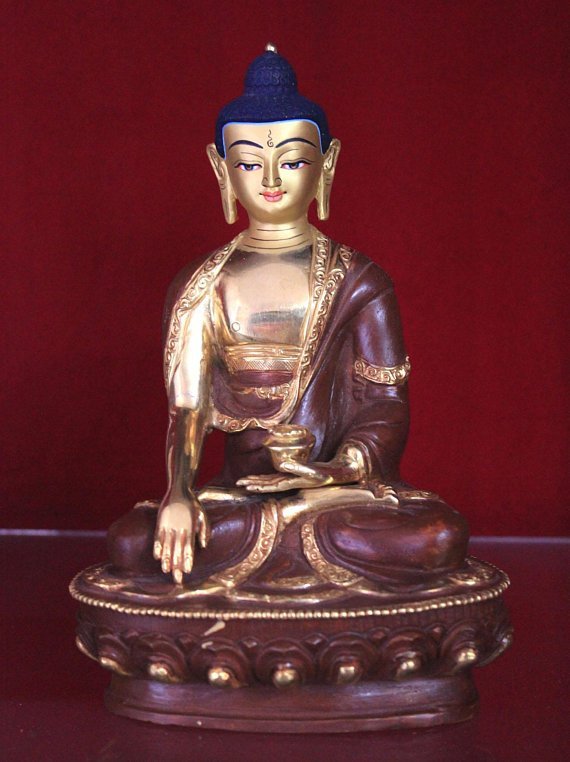
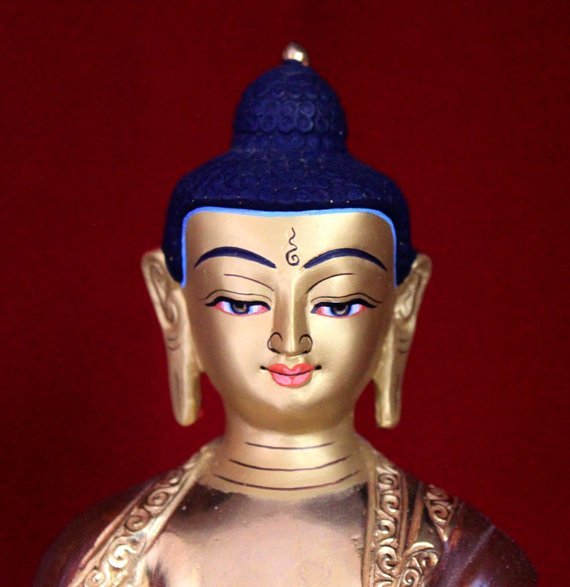
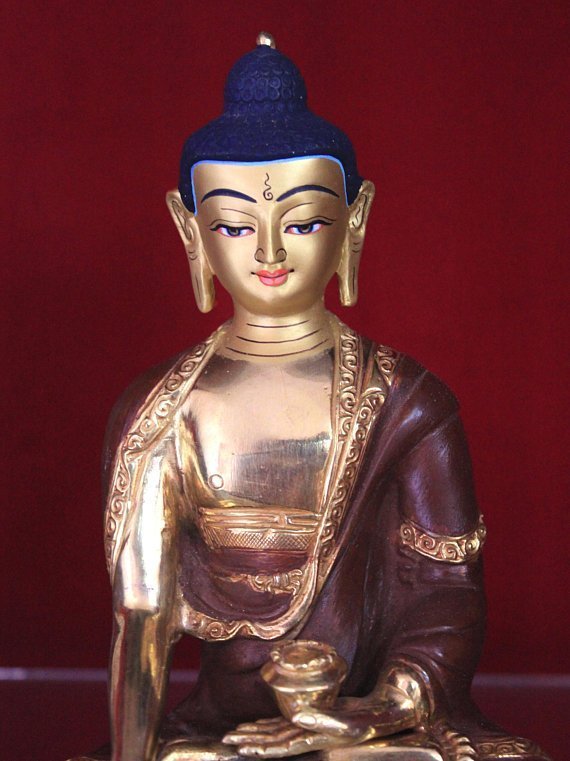
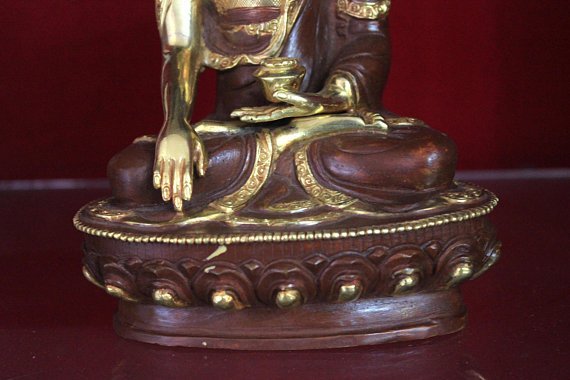
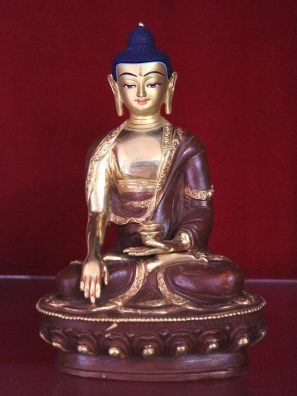
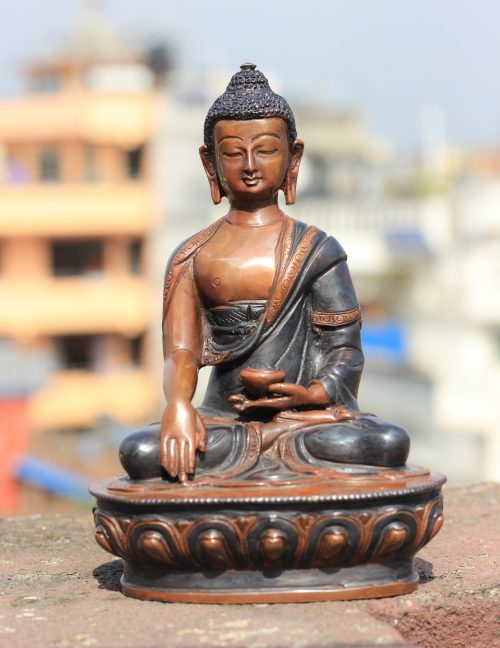
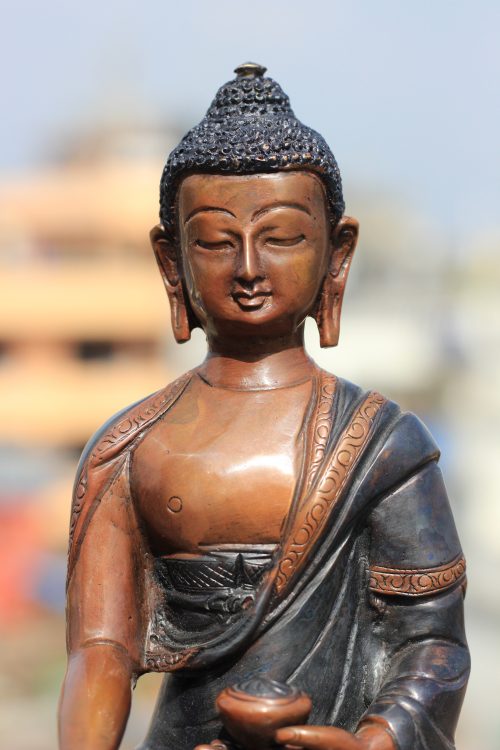
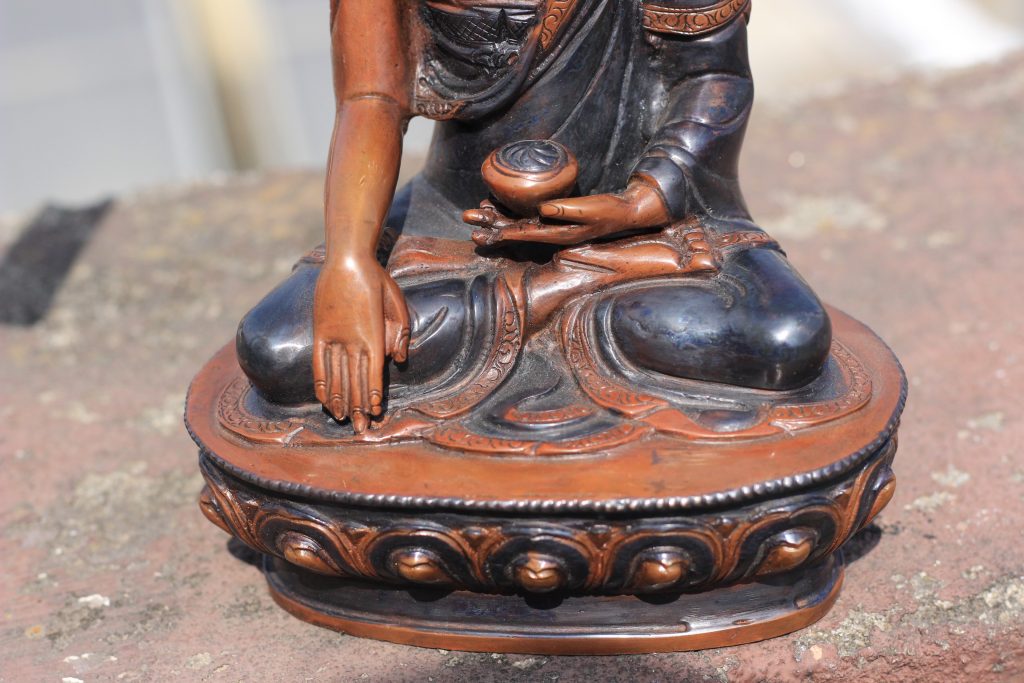
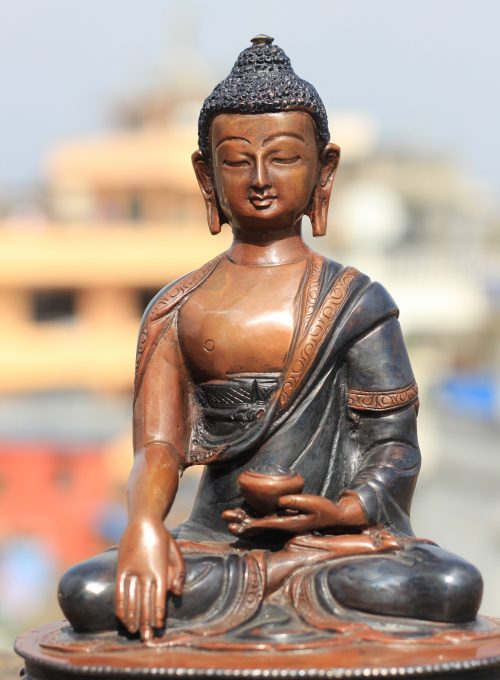
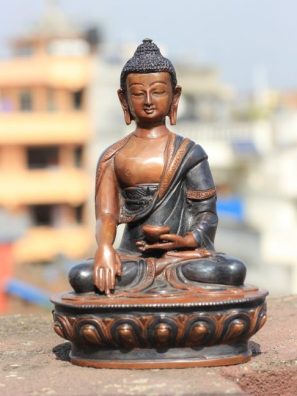
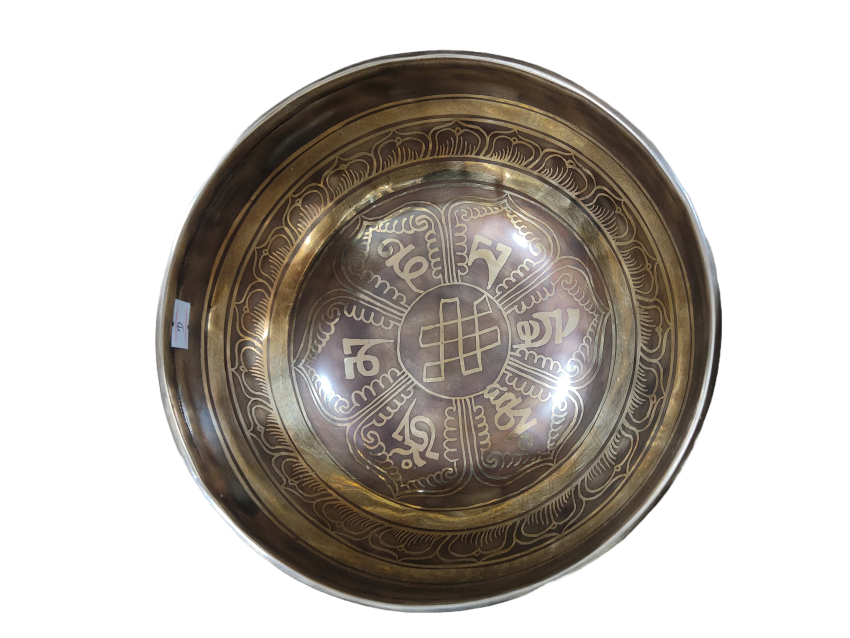
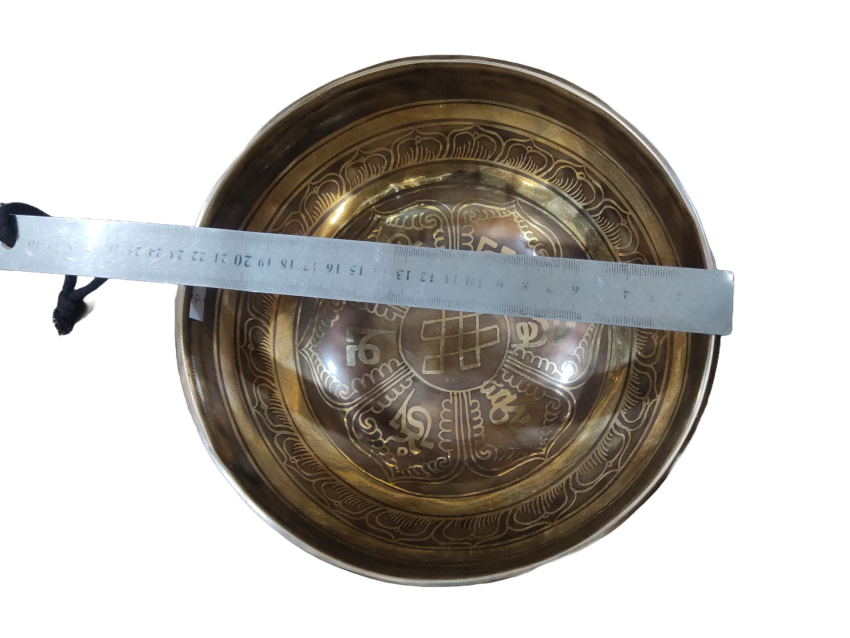
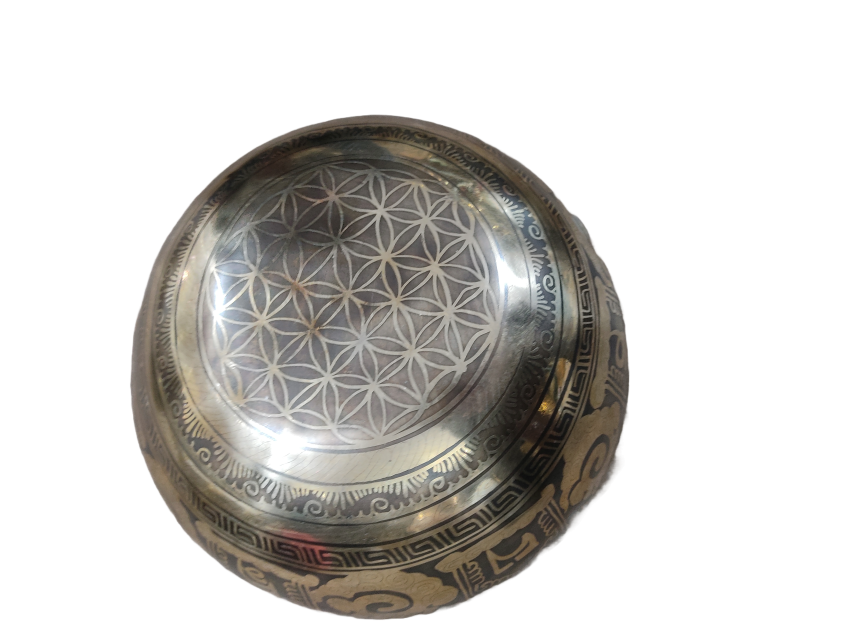
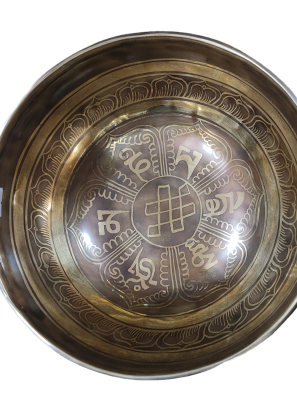
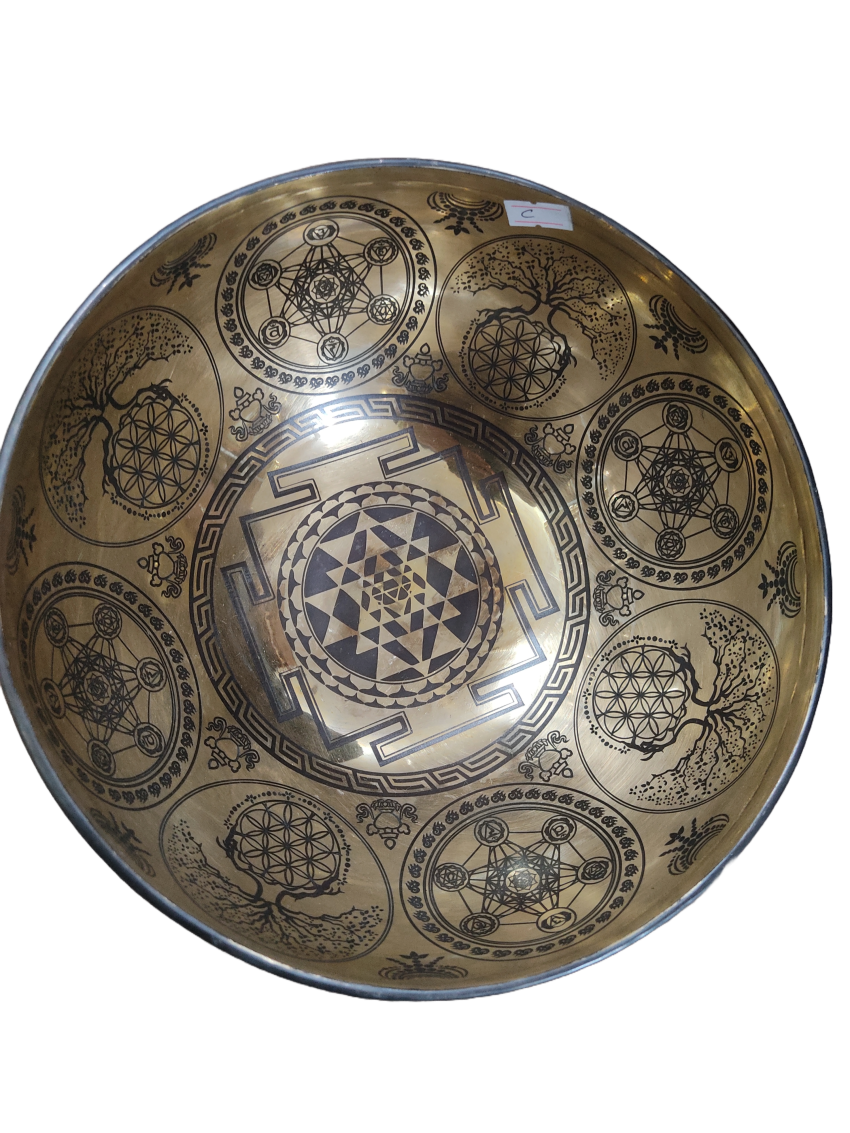
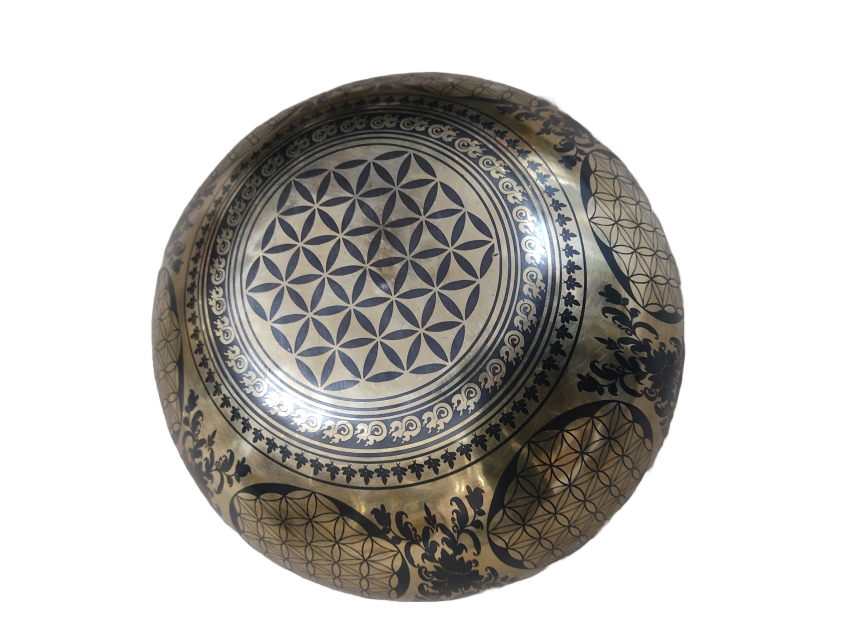
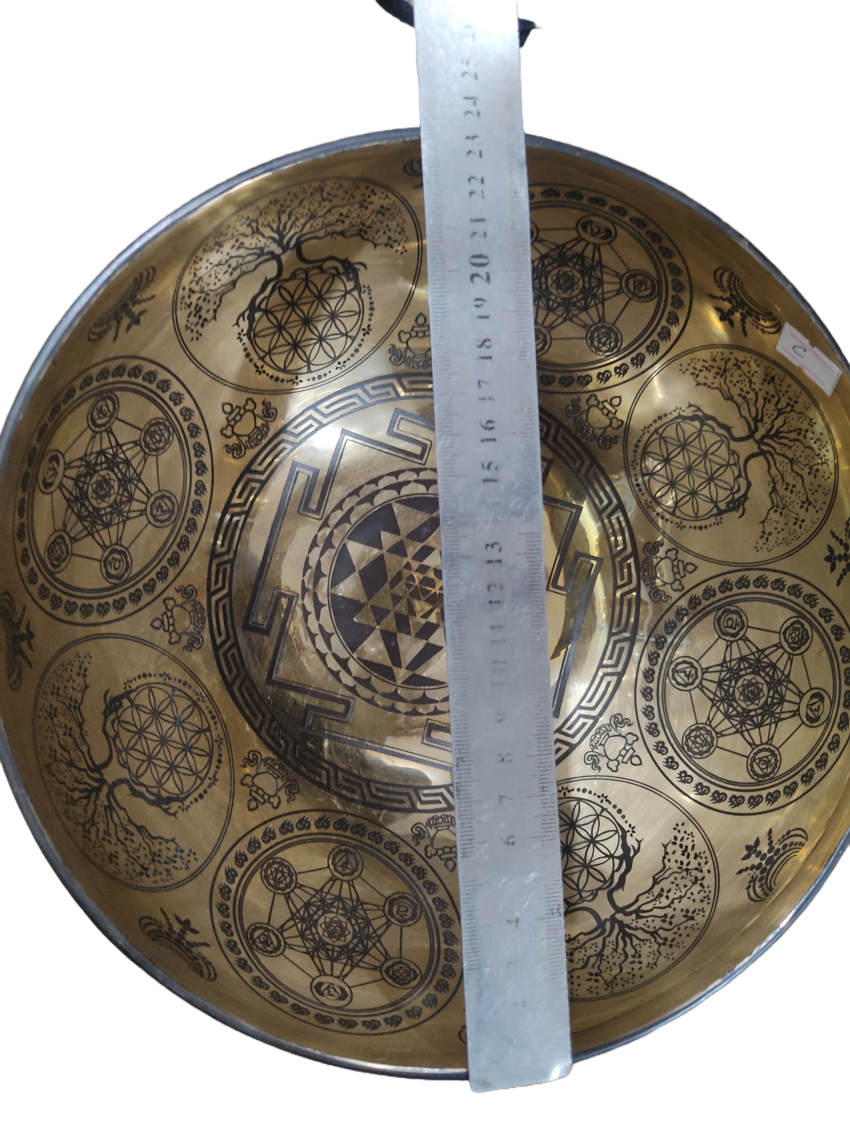
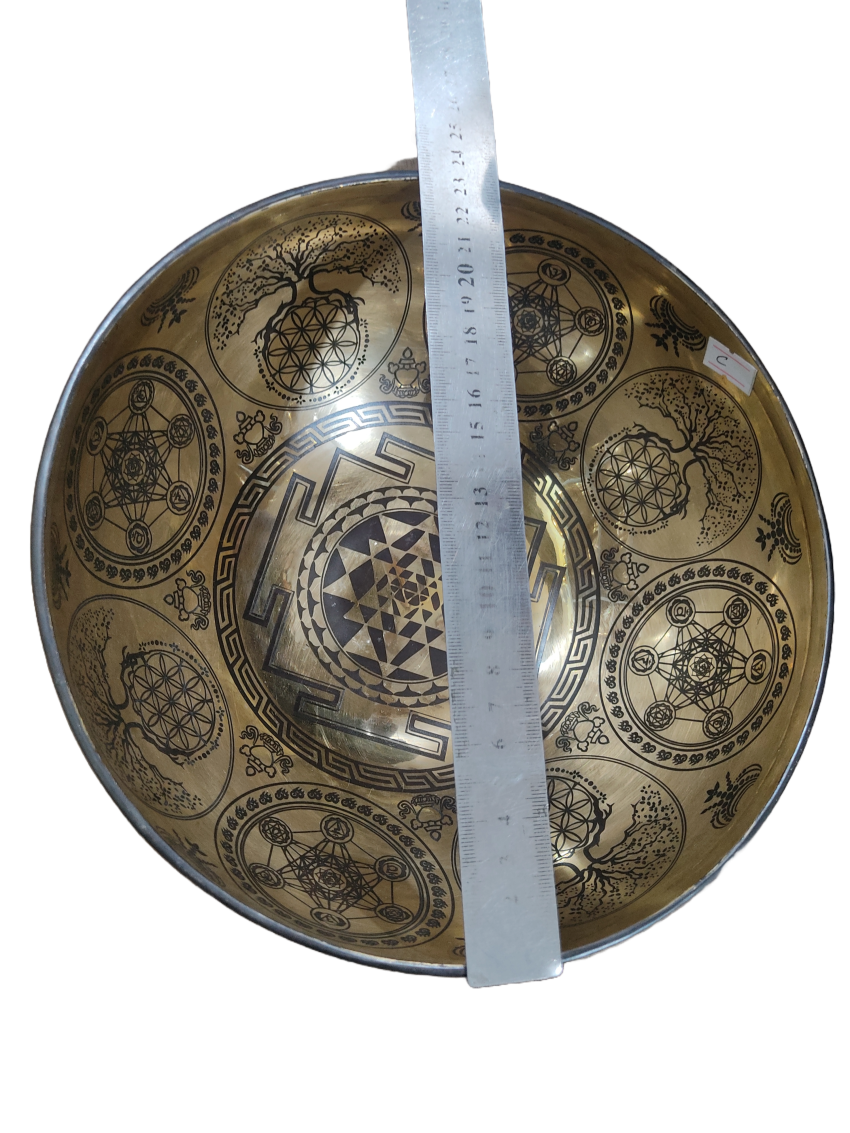
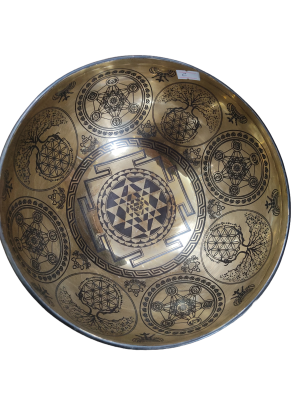
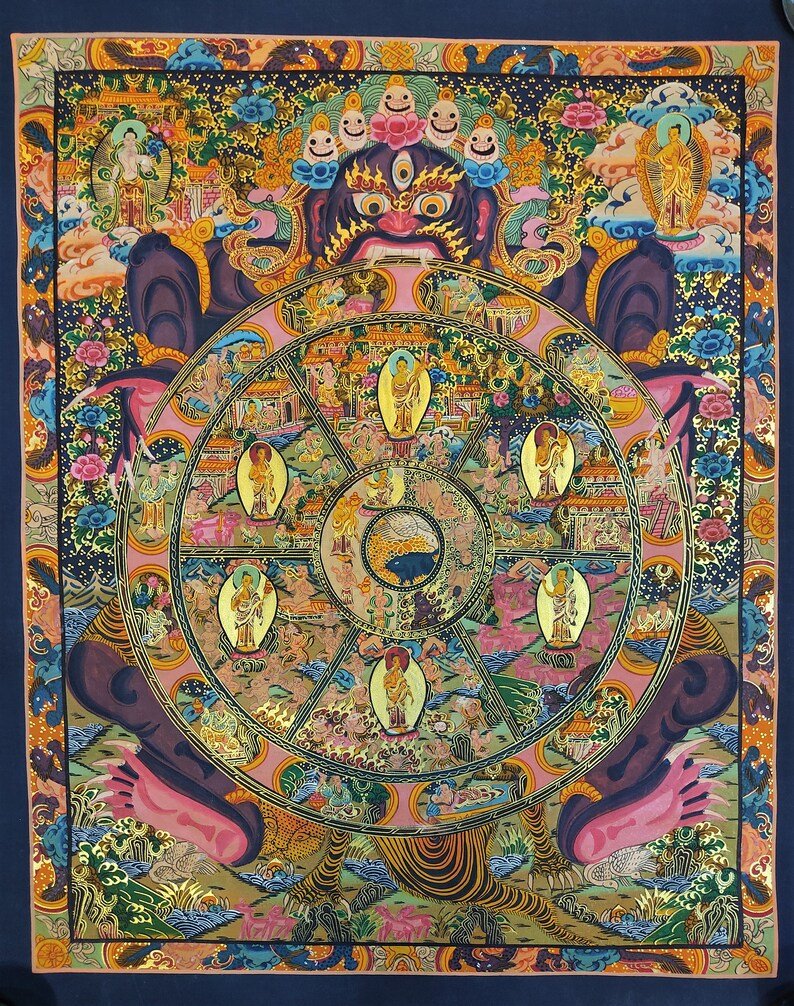
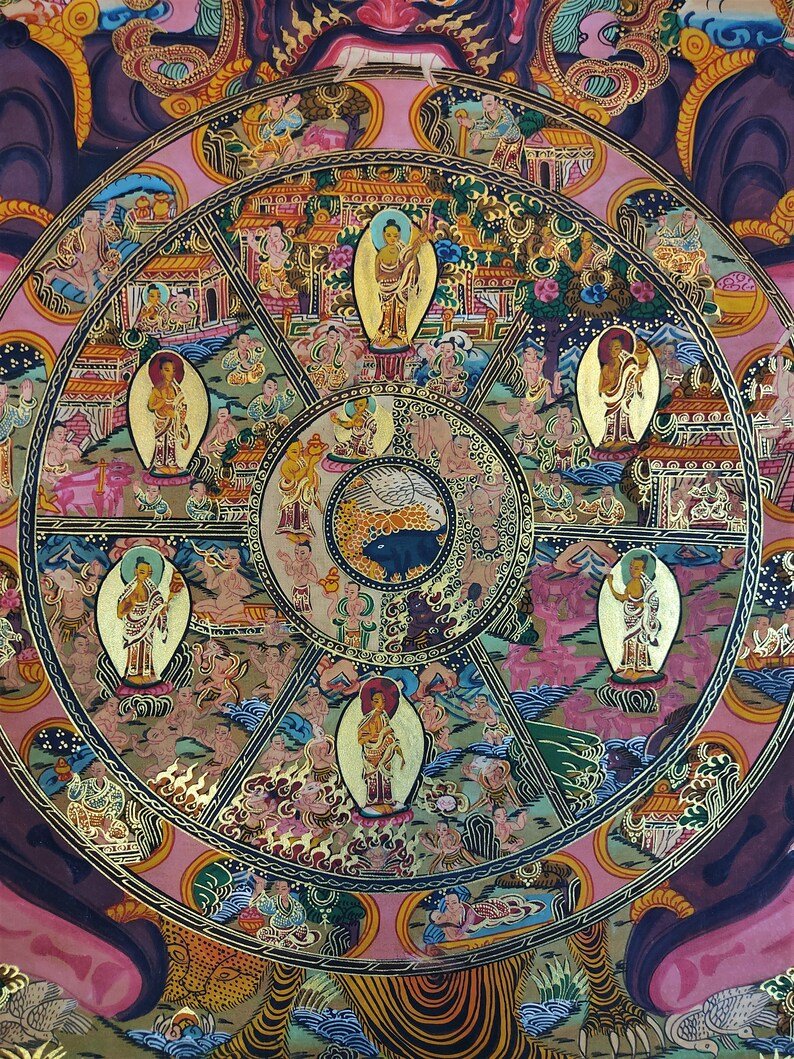
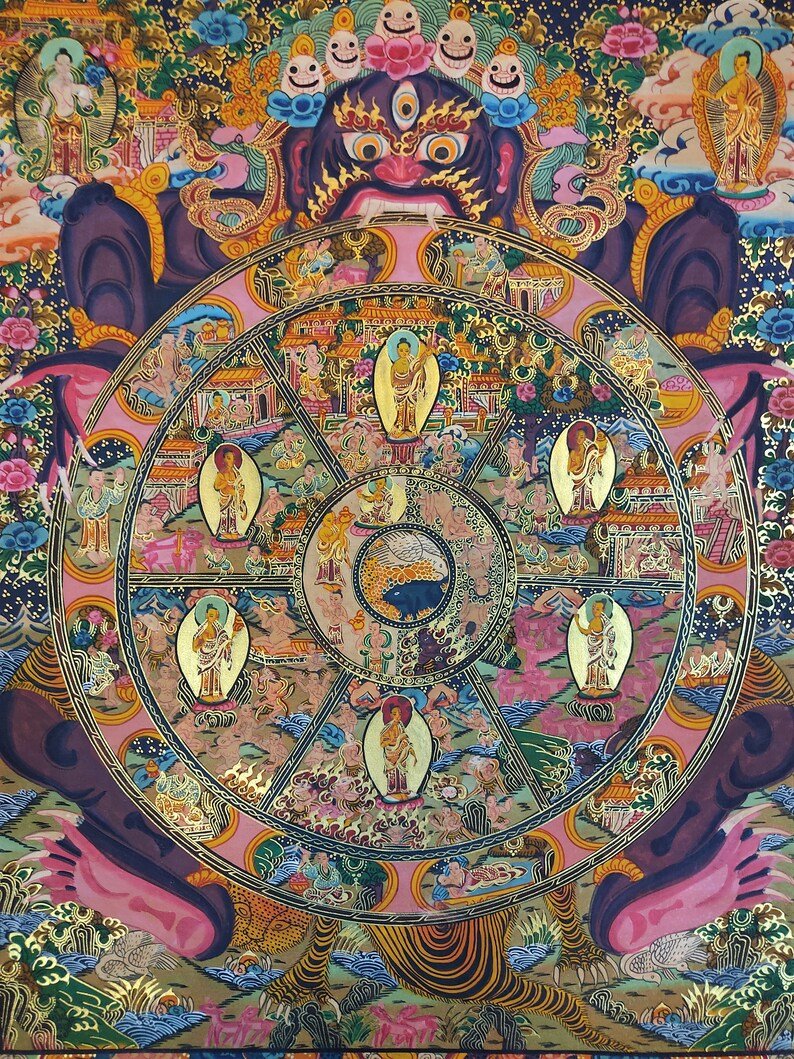
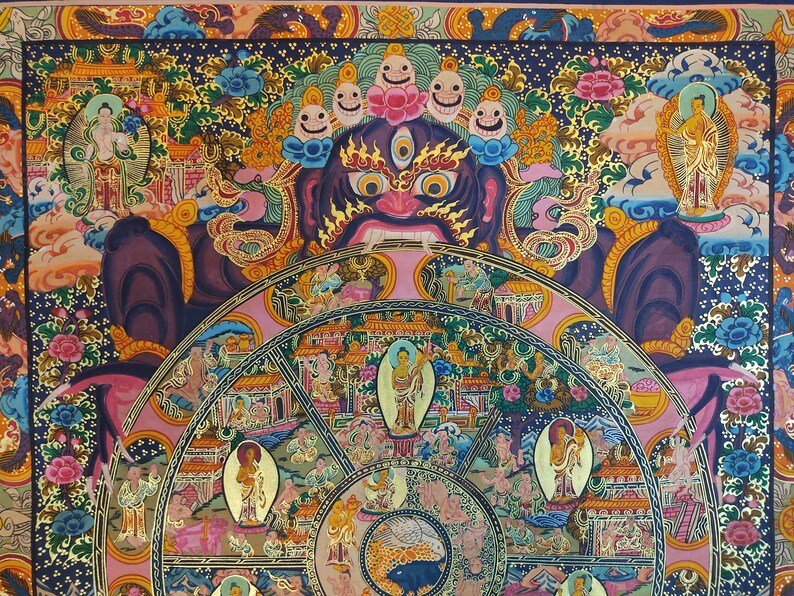
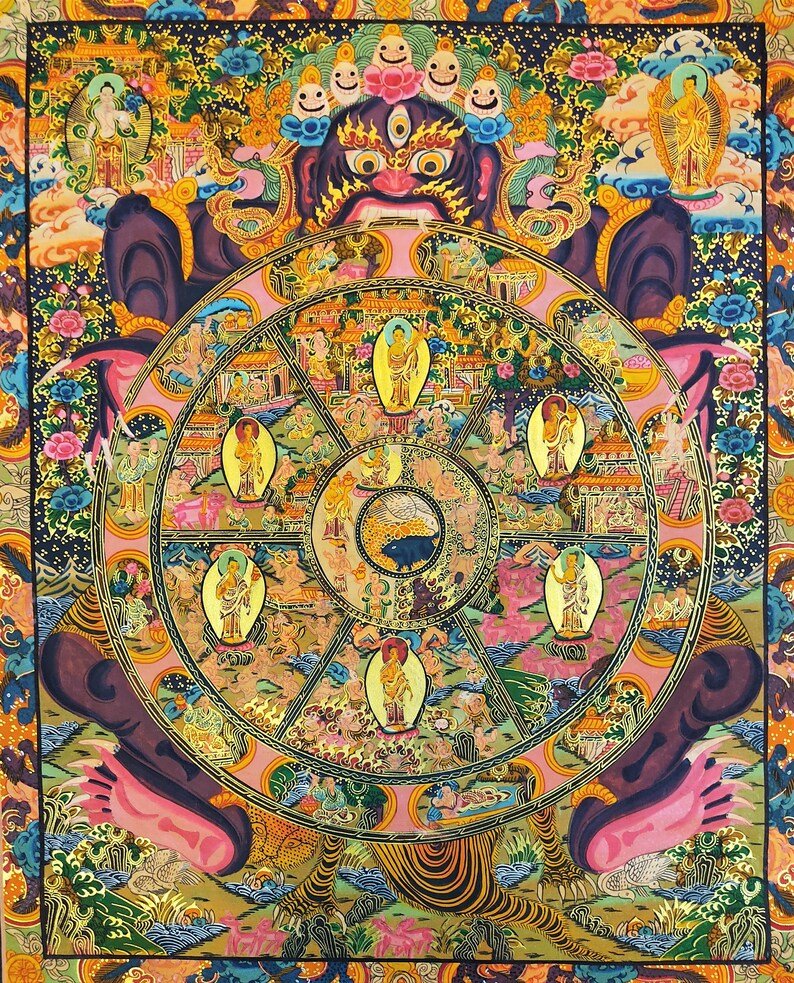
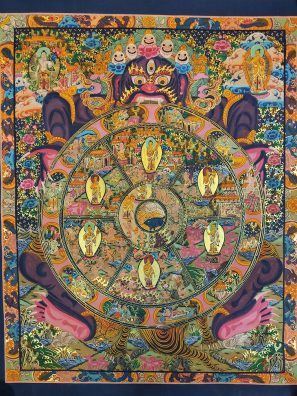
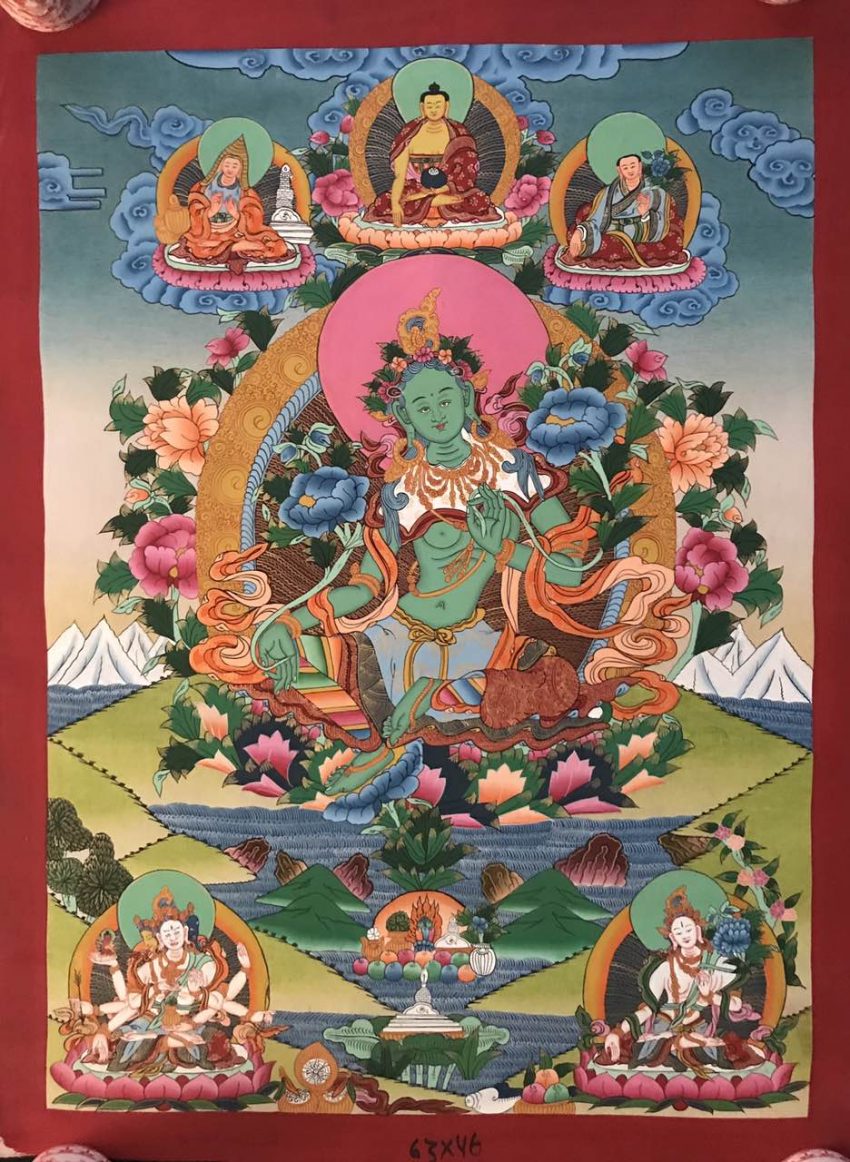
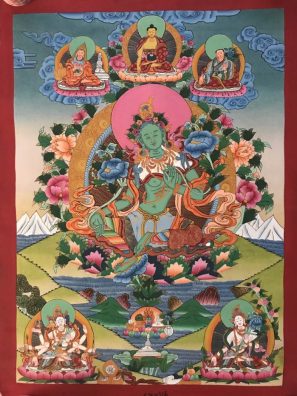
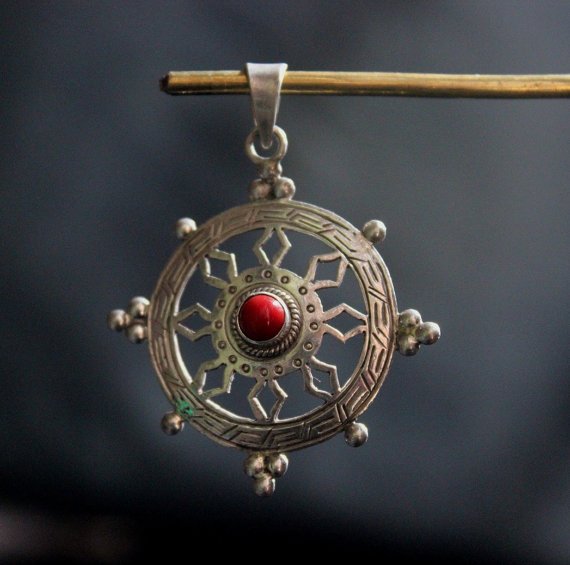
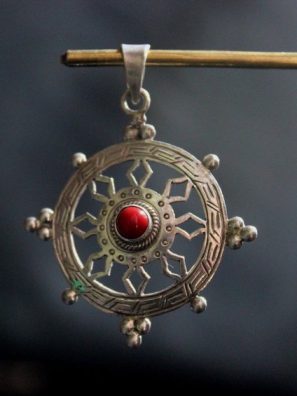
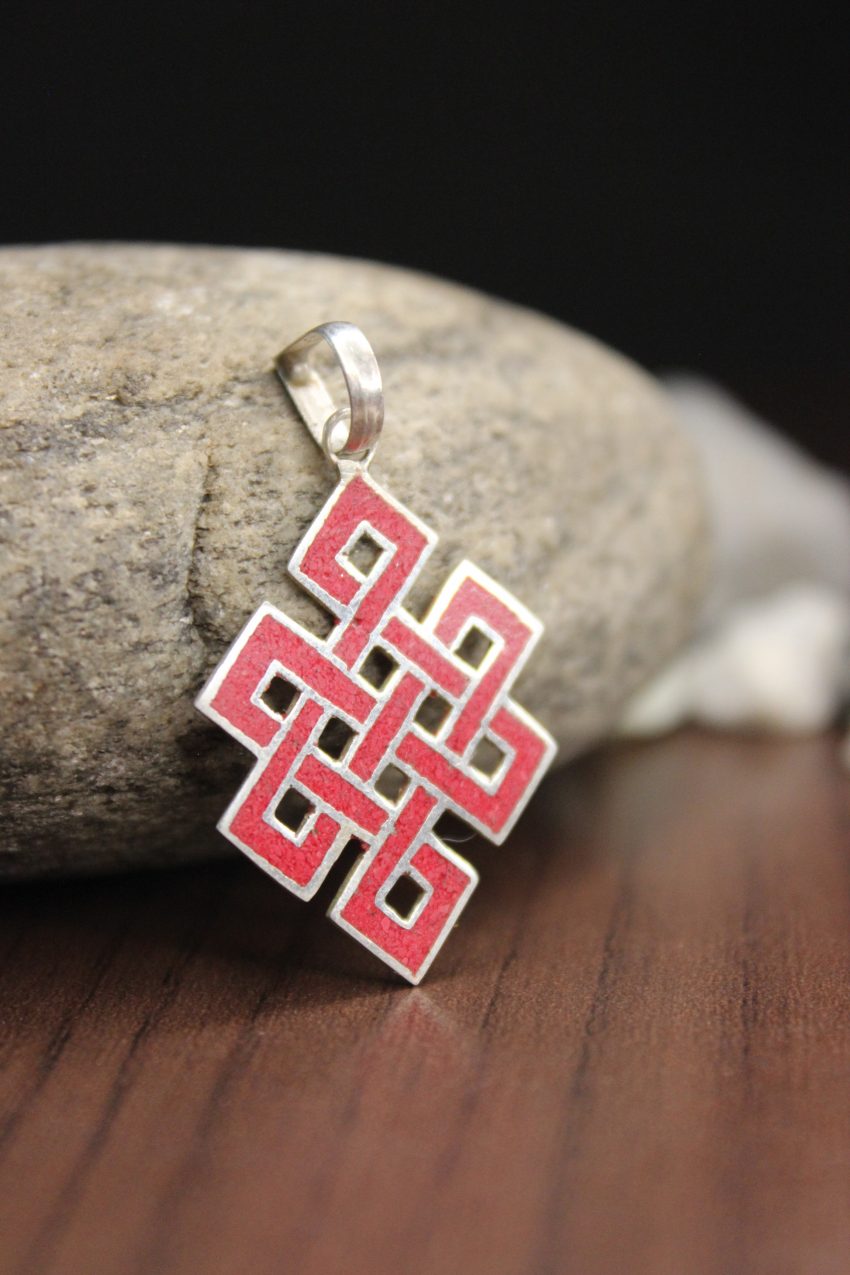
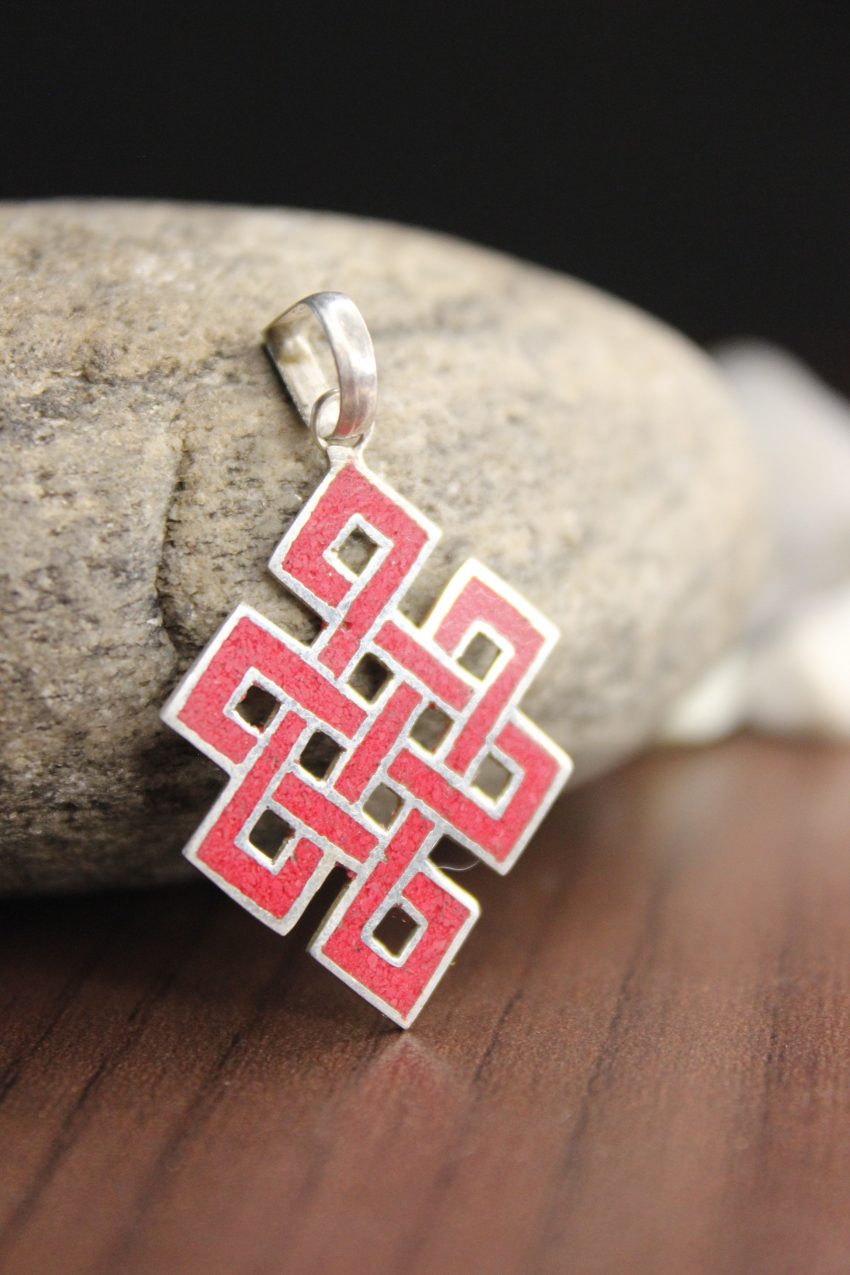
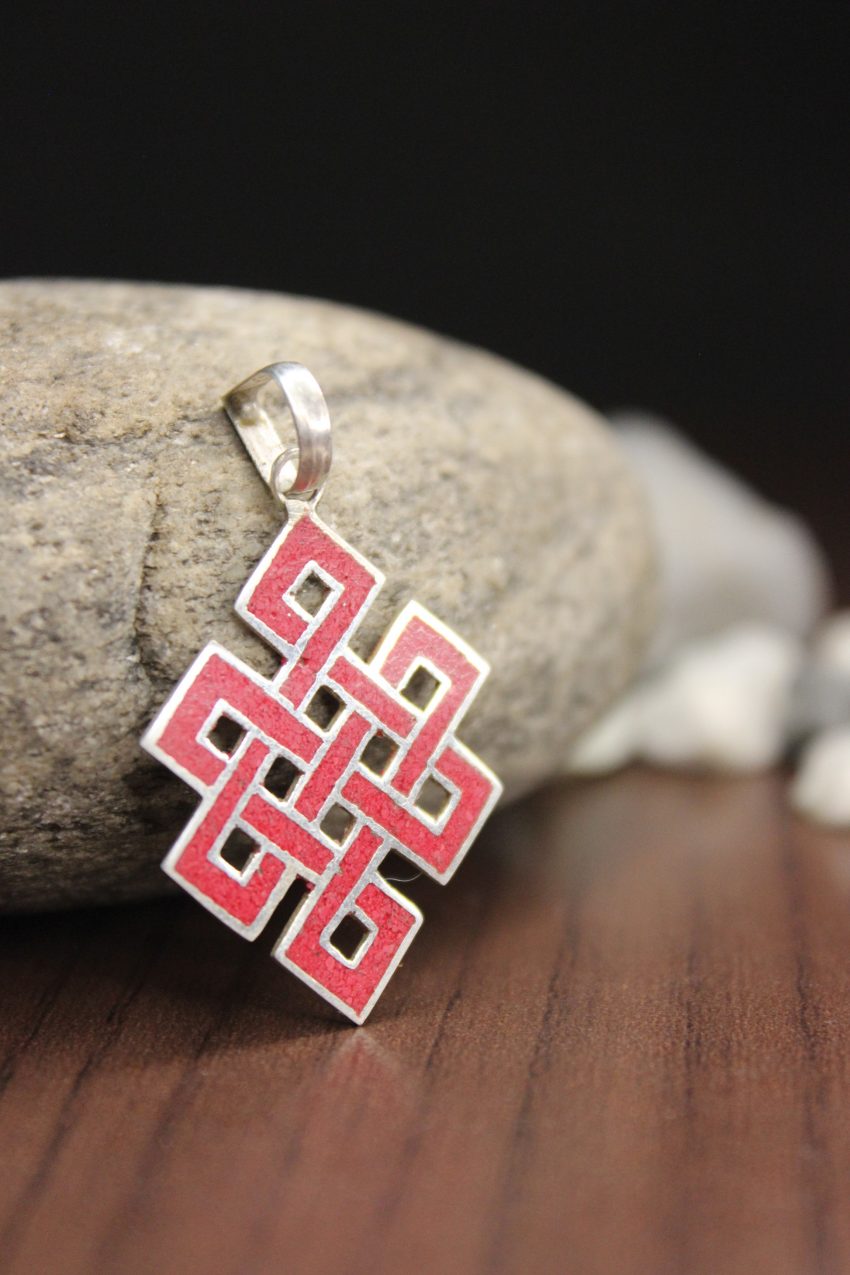
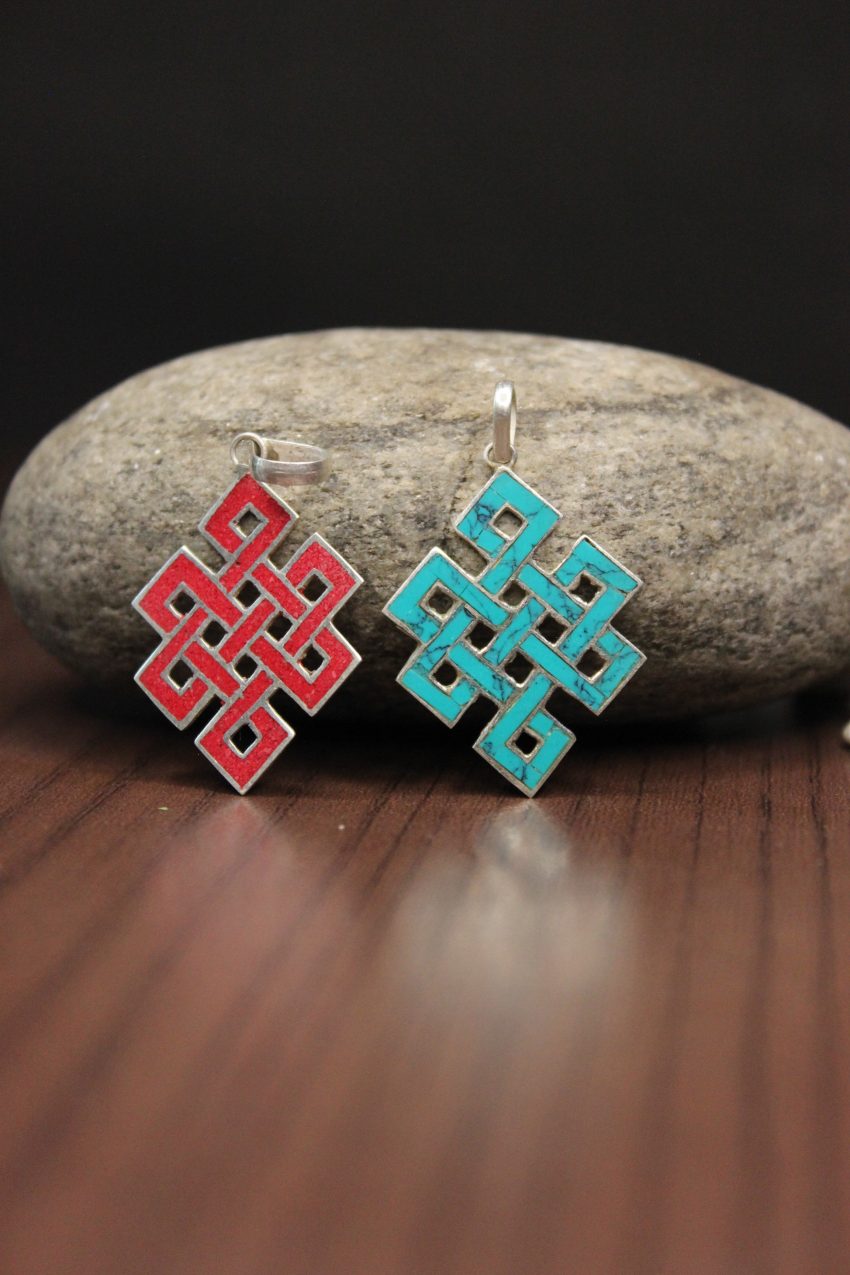
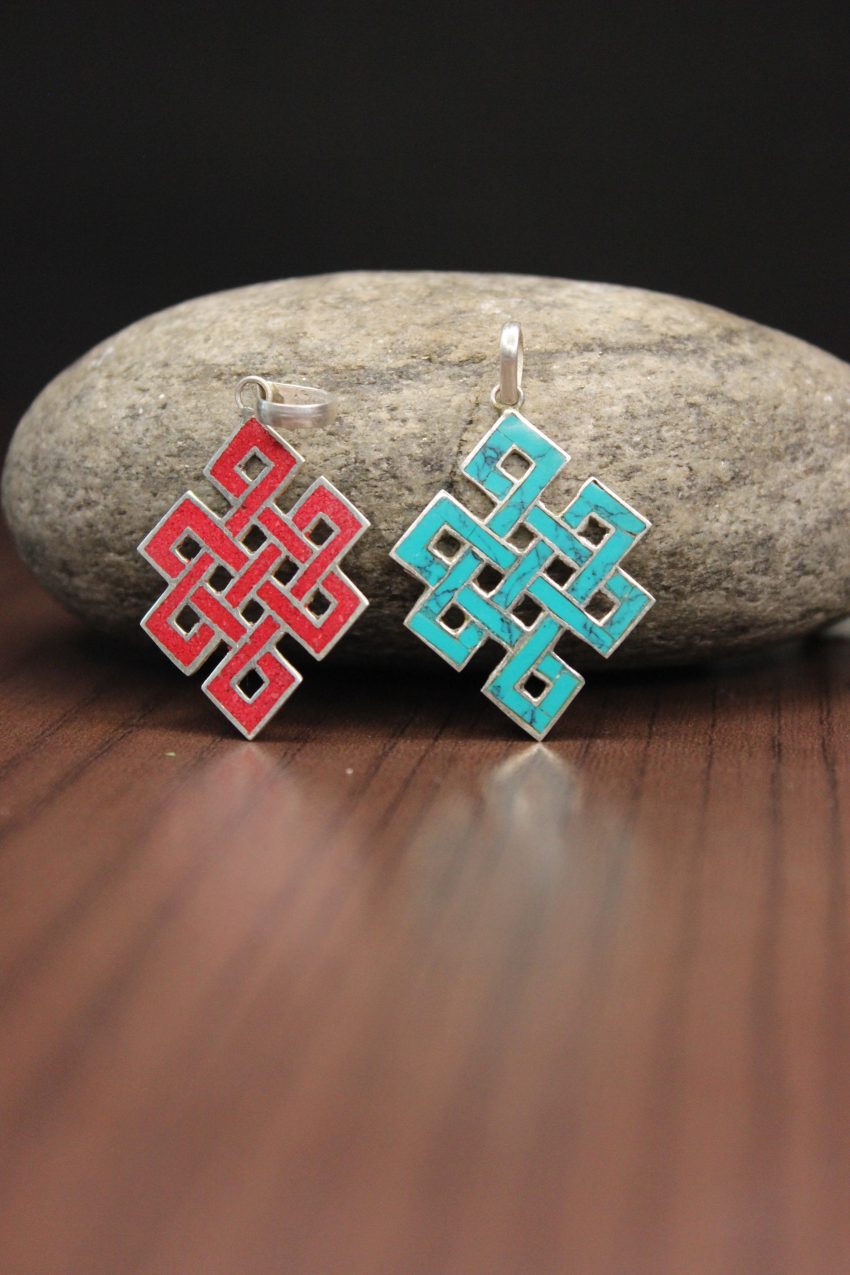
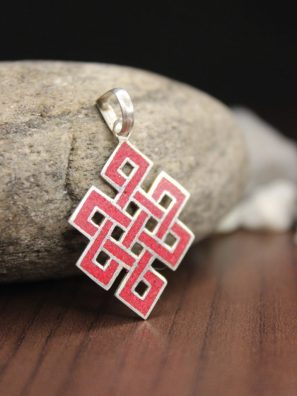
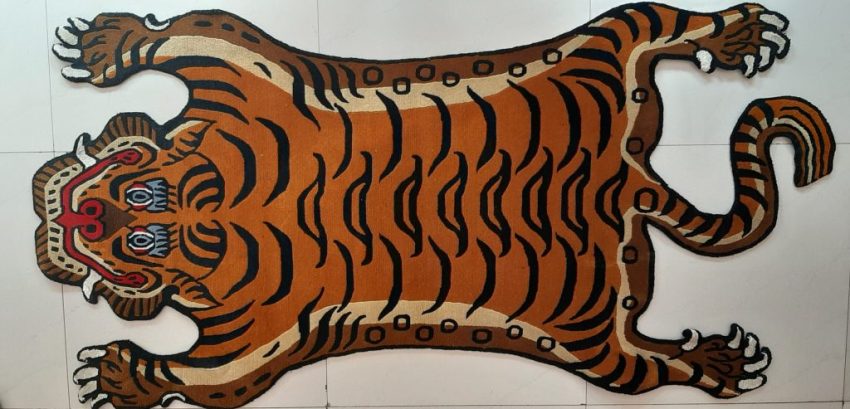
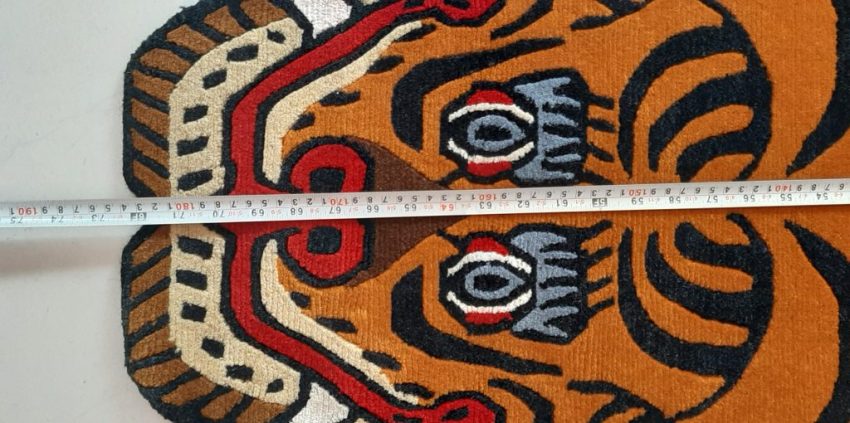
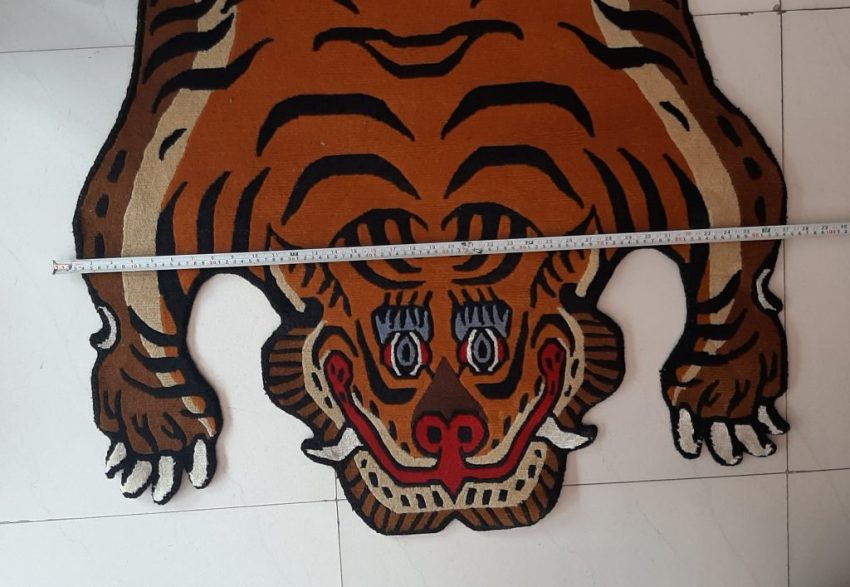
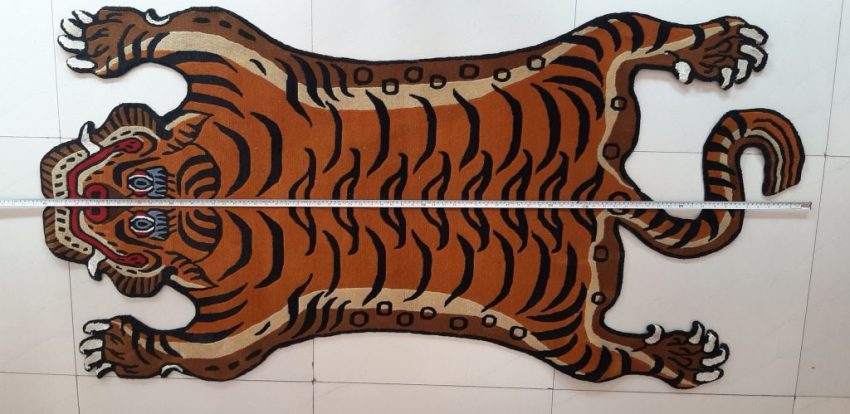
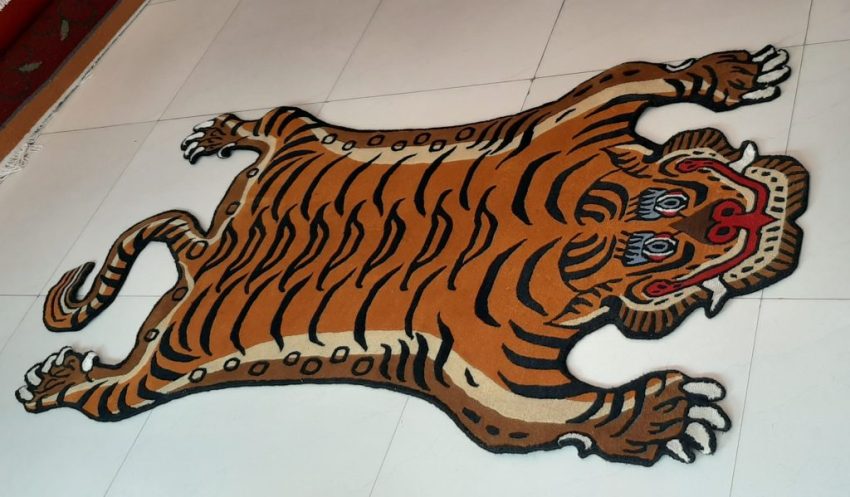
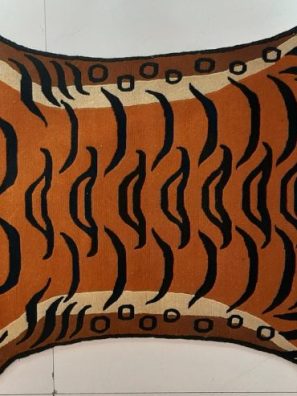
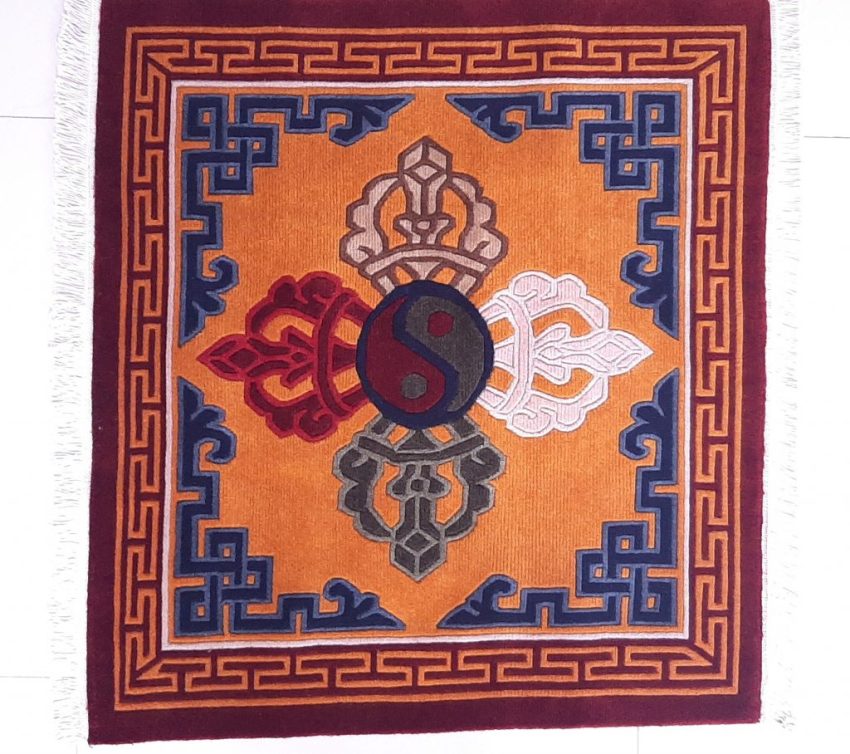
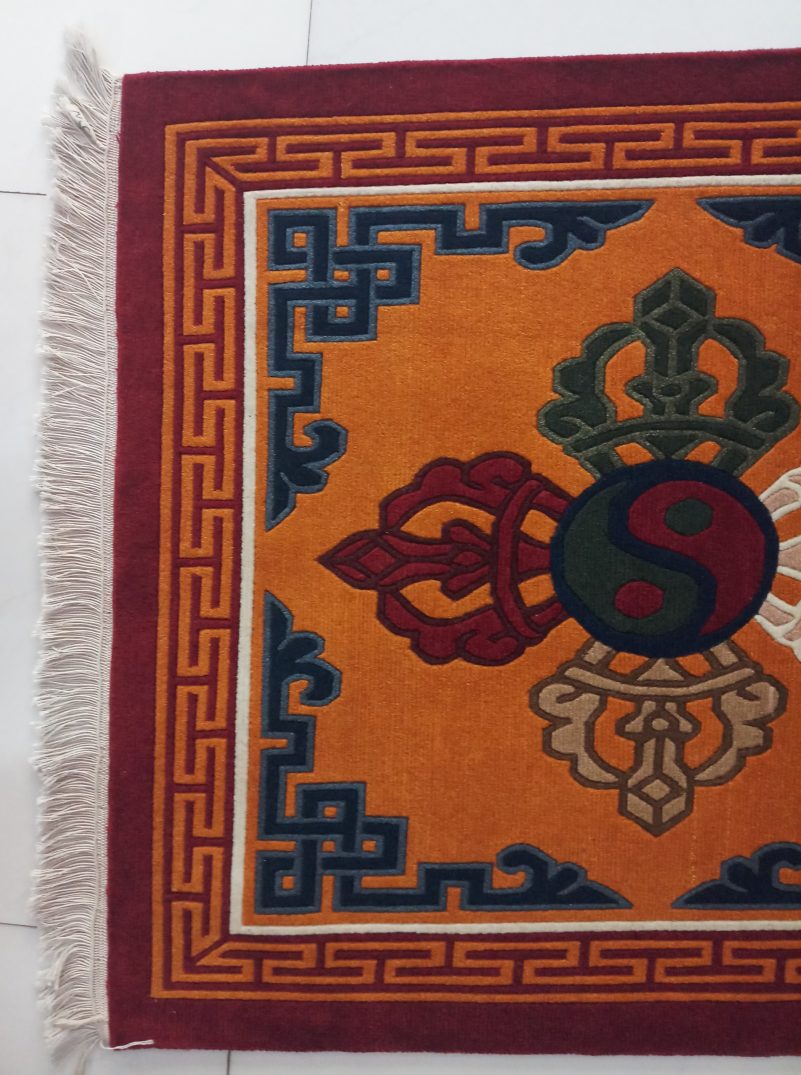
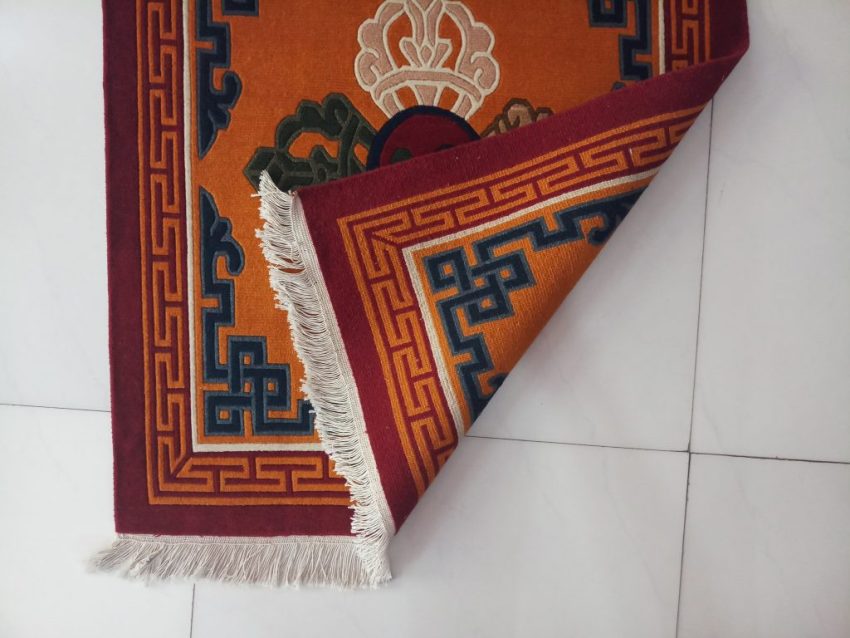
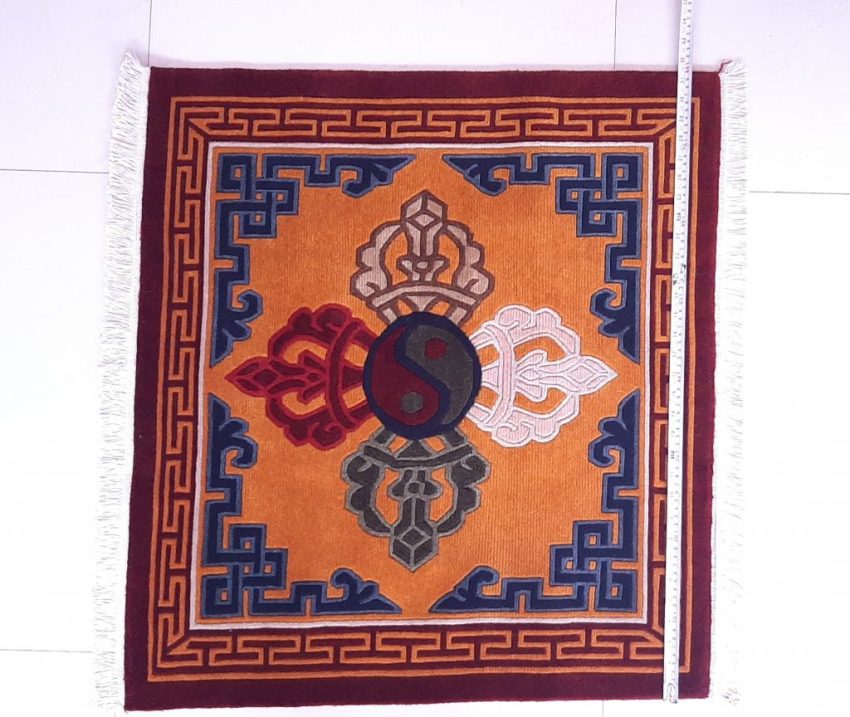
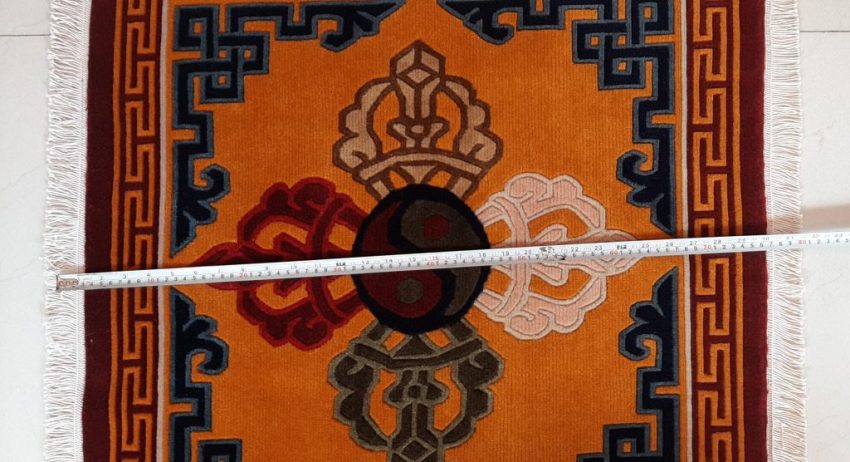
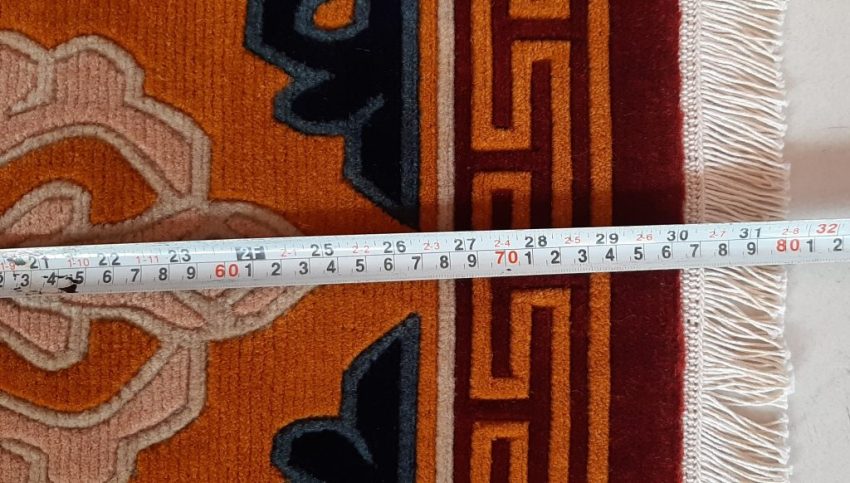
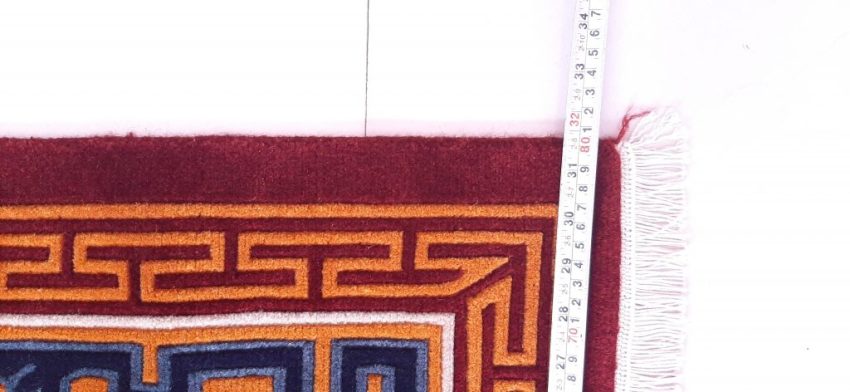
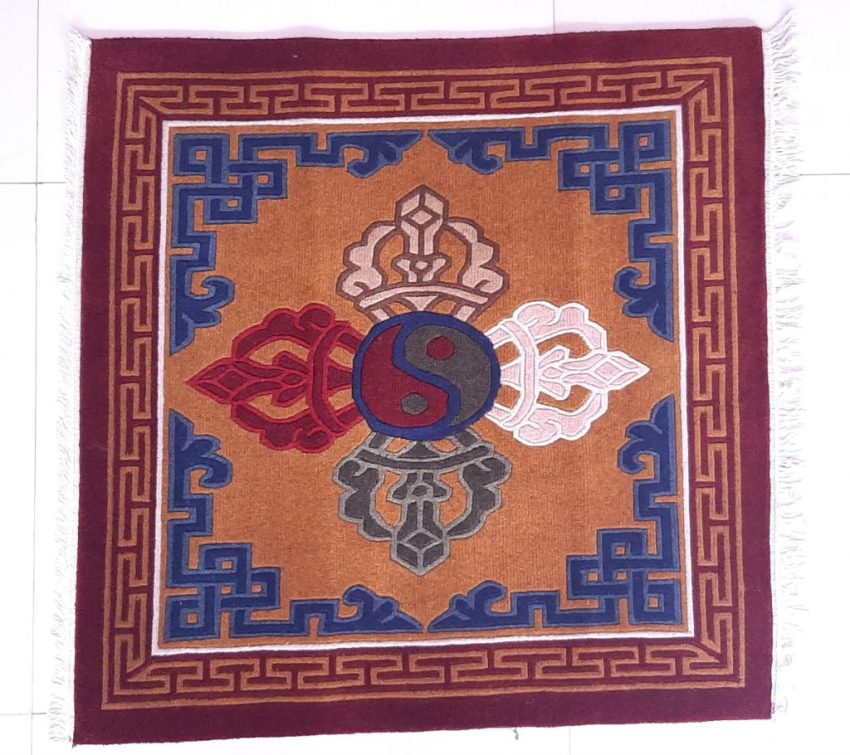
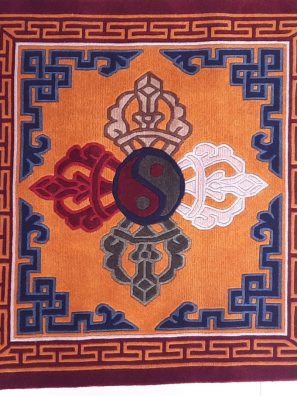

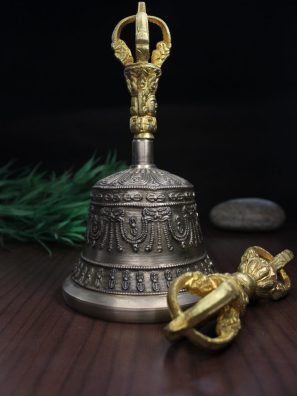
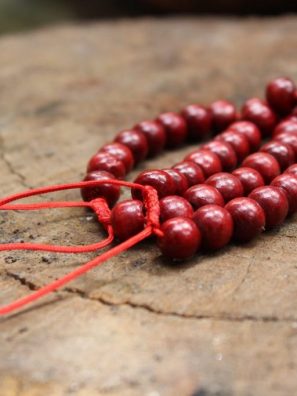
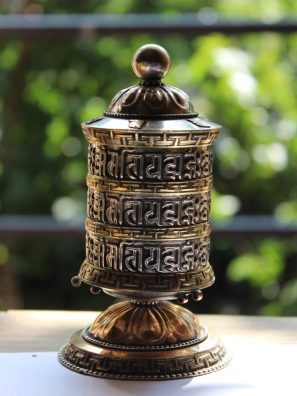
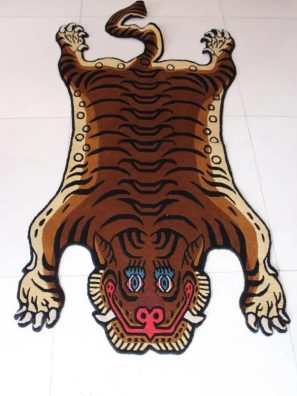
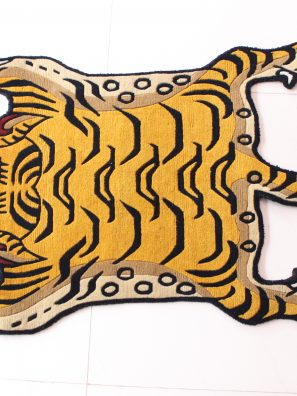
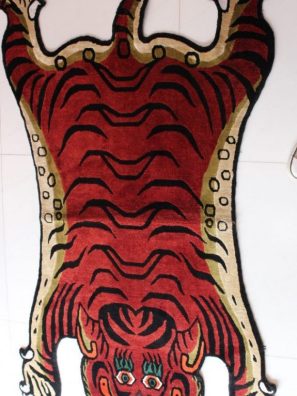
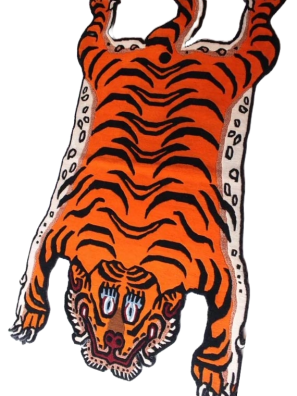
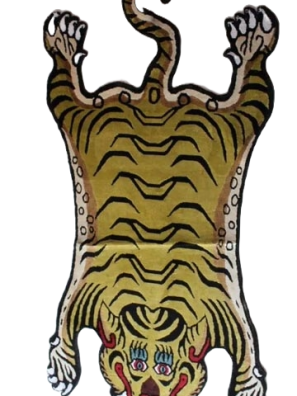
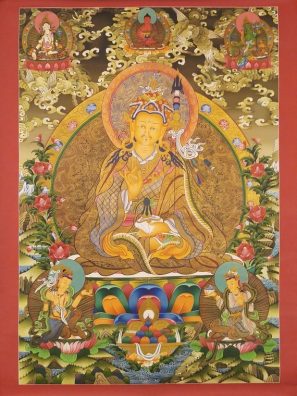
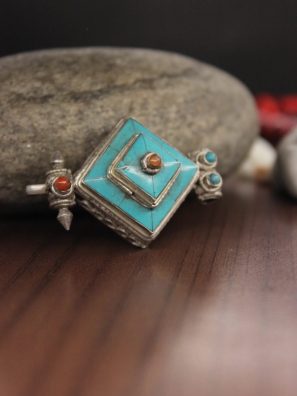
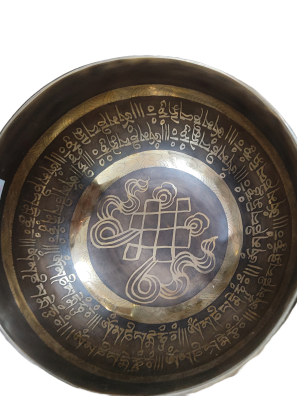
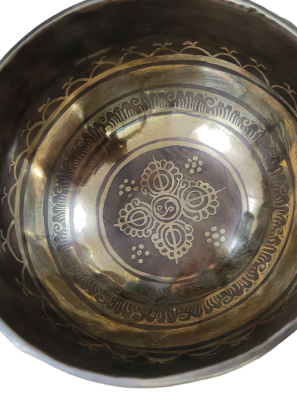
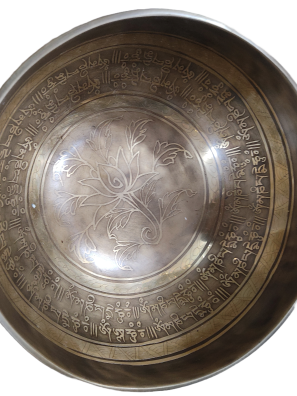
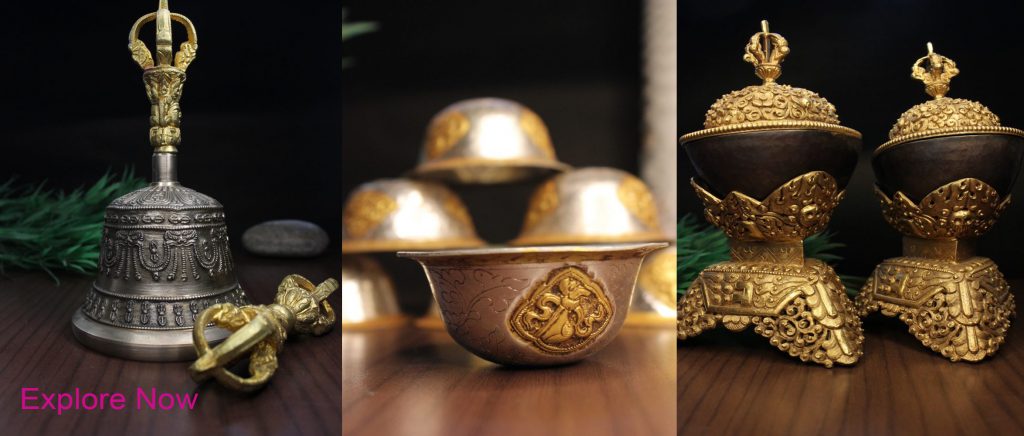
Margeret Madden
Beautiful bowl … quick service very plzed customer Thks ?
margeret madden
antrim, United Kingdom
Review left on Etsy by pinkdolphin2002 on Mar 29, 2016
Lunacywitch
Terrific bowl. Beautifully made with a lovely sound. Lovely bowl. Fast delivery.
Review left on Etsy by lunacywitch on Mar 6, 2020
Check this Product Out!